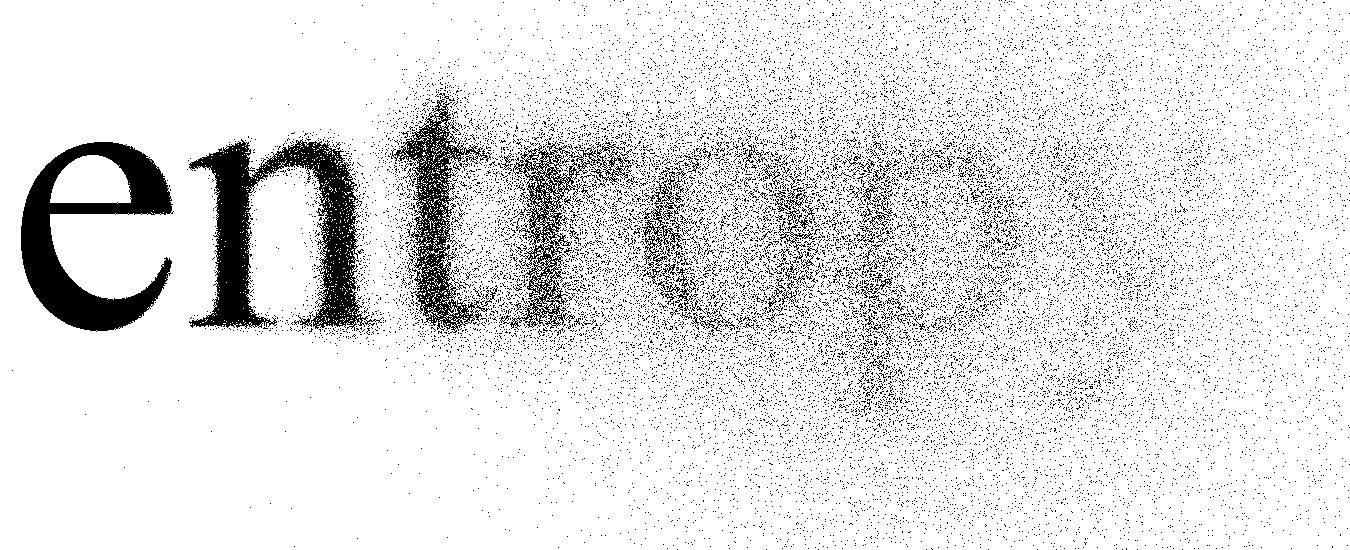

“One thing I think is very elegant in this paper is that they look at the complexity at the local level, the pixels and the surrounding pixels,” Schich says. Maximilian Schich, a professor of arts and technology at University of Texas at Dallas, is in favor of the cross-disciplinary research. By learning from these patterns, the program could even be used to sort lesser-known works of art into specific artistic styles. These simple metrics could be used to better understand how art has evolved, capture information about various artistic periods and determine how these periods interacted, the researchers say. In the late 1960s there was a rapid shift from modern to postmodern art the algorithm is able to quantify the extremity of this shift. Postmodern art, a simpler style with recognizable objects and stark, well-defined edges (for example, Andy Warhol’s soup cans), has high complexity and low entropy. Modern art-with blended edges and loose brushstrokes-generally possesses low complexity and high entropy. Ribeiro and his colleagues observed that shifts in the magnitude of complexity and entropy among various paintings mirror stylistic shifts throughout art history. The new algorithm analyzes two-by-two grids of pixels within each painting and scores them using the two metrics. Entropy is determined by the degree of chaos in the image the more “regular” the painting, the lower the entropy. Complexity is based on the variability of patterns within each image, ranging from highly variable (more complex) to uniform (less complex). The process, described by Ribeiro and his colleagues last September in the Proceedings of the National Academy of Sciences USA, involves assessing the complexity and entropy, or disorder, of these digitized artworks.

Now Ribeiro has applied his physics-inspired metrics to nearly 140,000 digitized paintings indexed on the visual art encyclopedia WikiArt to look for trends in the evolution of painting styles. He has developed a computer program that deconstructs works of art into sets of numbers. In relation to the viewer, the images become a manifestation of life itself.For the romantics among us, physicist Haroldo Ribeiro’s recent work might seem prosaic. Expect the unexpected become hypnotised as you indulge. The aesthetic experience of these images is varied and depends on the tensions that arise in direct contact with them, on the holistic perception of the work and discovering it layer by layer. Let us take you on a journey through the creative labyrinth that is Origins Of Entropy. Due to the collective consciousness, such a creative process has an indirect impact on human consciousness, for example through the emotional and intellectual states of the creator that accompanies him during his work. A characteristic feature of such events is, for example, that they are determined post factum. The specificity of this medium is the direct simultaneity of the aesthetic experience that takes place during the painting itself and its transcendence when communing with a work of art. It is applicable wherever one works with the probability of possible states of a given system.įor the purposes of the humanities, this concept has been adopted as a thesis describing physical events in nature, the transformations of which can be observed, for example, in painting.

The concept of Entropy was introduced by Rudolf Clausius in 1865 and is still one of the basic concepts in physics, probability theory, information theory, mathematics and many other areas of theoretical and applied sciences.


 0 kommentar(er)
0 kommentar(er)
